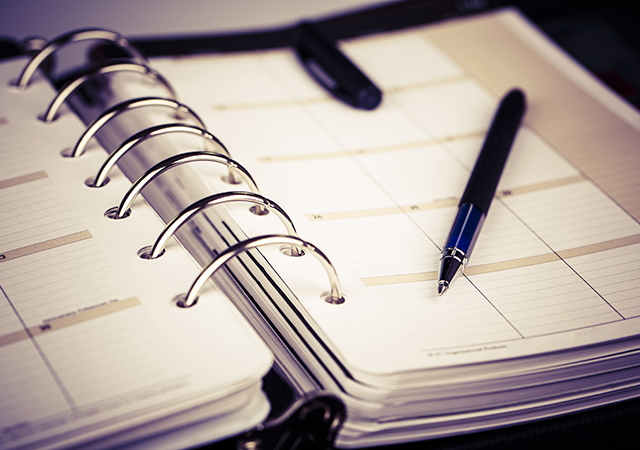
 The King Abdul Aziz Centre for Knowledge and Culture ... landmark.
The King Abdul Aziz Centre for Knowledge and Culture ... landmark.
ANYONE who worked in Saudi Arabia in the 1980s would recall the prestige held by Riyadh’s Kasr Al Hokm (Justice Palace) project in construction circles at that time. Now, two decades later, Buro Happold has been called upon again by the developer Arriyadh Development Authority (ADA) to undertake a similar redevelopment and regeneration project.
Buro Happold and Happold Consulting have been engaged to develop a strategy to attain Unesco world heritage site status for the town of Atturaif that adopts distinctly Saudi Arabian heritage principles. Complementary goals of the project are to regenerate the area and to preserve the site’s heritage assets.
 |
Designs have been completed for the Atturaif project which is slated for completion in Q4 2012, a spokesman for Buro Happold tells Gulf Construction.
The project sits within Addiriyyah, a settlement consisting of a number of ancient, mud-built palaces and other dwellings, which have gradually fallen into disrepair.
“Addiriyyah is a stunning set of oasis towns on the outskirts of Riyadh in an area of outstanding natural beauty overlooking the fertile Wadi Hanifah. The site is culturally significant, being both the location of the founding of Saudi Arabia and the place where the Wahabi School of Islam was established,” explains the spokesman.
 |
Atturaif covers an overall site area of approximately 315,000 sq m (750 by 420 m), within which is the Atturaif Living Museum project consisting of buildings that are clustered over a footprint of some 36,800 sq m (230 by 160 m). The “living museum” comprises a museum, a traditional suq, workshops and seven palace buildings. The development plan proposes that the palaces are part repaired, stabilised or restored in accordance with, and appropriate to, the heritage brief. When the restoration work is complete, visitors will be able to walk around the stabilised ruins of Salwa Palace via an elevated walkway.
 |
The suq and craft buildings will have to be substantially rebuilt using traditional methods. Eventually, the craft areas will be used to demonstrate traditional manufacturing methods and the goods produced will be sold in the suq. New infrastructure and utilities will also be provided. Buro Happold’s scope of service includes below- and above-ground infrastructure, civil, structural and building services engineering.
In addition to the Living Museum project, Buro Happold was appointed to design a new visitor reception centre and a linking light vehicle and footbridge that crosses Wadi Hanifah, a dry river bed and natural defence flanking the Addiriyyah site.
 |
Addiriyyah ... culturally significant. |
“Buro Happold is especially pleased to work on this project since the practice has a long association with the ADA, having worked together on a number of other successful projects including Kasr Al Hokm, Saudi National Museum and the development of Wadi Hanifah,” the spokesman comments.
Meanwhile, Buro Happold is involved in a number of projects of a totally different genre, which indicate the versatility of this multi-disciplinary international practice of consulting engineers. These include King Abdullah International Gardens (KAIG) in Riyadh, King Abdul Aziz Centre for Knowledge and Culture in the Eastern Province city of Dhahran, the Haramain High-speed Railway, described as the Holy Cities railway, and the King Abdullah Financial District (see separate article).
SUSTAINABLE GARDENS
Tenders are due to be submitted this month for the construction of King Abdullah International Gardens (KAIG), which last month won the 2010 coveted Cityscape Award for Real Estate in the Middle East and North Africa region in the ‘Best Sustainable Development’ category. The project has also previously emerged winner in the overall global leisure category for commercial property at the International Property Awards last November.
A joint venture between leading Barton Willmore and Buro Happold has completed the design for the KAIG – a giant botanical garden commissioned by the City of Riyadh as a gift to King Abdullah of Saudi Arabia to celebrate his accession to the throne. The leading British consultancies won an international competition in 2007 to design KAIG and have completed the design with advisers from the UK’s National History Museum and Eden Project.
KAIG features a 10-hectare (ha) building, which will house the world’s largest indoor garden – the size of 15 football pitches. It will be set within a 160-ha site in the arid desert of the Saudi central region and, as a cornerstone of Riyadh’s growth plans, will provide a new destination for Saudis and international visitors.
Visitors will be able to walk amongst plants, trees and flowers, which thrived over 400 million years ago, as well as a range of external gardens, which will include a maze, a butterfly enclosure and aviary.
 |
|
King Abdullah International Gardens... will house the world’s largest indoor garden. |
Starting in the Devonian period, when plants remained at knee height, visitors will travel through the Carboniferous, Jurassic, Cretaceous and Cenozoic gardens before reaching the riverbeds and light woodland of the Pliocene period. Finally, they will enter the ‘Garden of Choices’ where they will be presented with scenarios related to climate change and the choices we now need to make.
The project’s centrepiece will be a ‘paleobotanic’ building formed by two adjoining crescents that will rise 40 m in height. The building’s roof, which will be the largest ETFE (ethylene/tetrafluoroethylene copolymer)-covered structure in the world, will span up to 90 m. KAIG will also feature an array of specialist tensile, pneumatic and grid-shell structures – all designed by the leading specialist engineers using state-of-the-art modelling tools.
KAIG will also showcase sustainable development and incorporate renewable and low energy technologies. It will employ thermal ice storage and black and grey water recycling systems, with underground reservoirs for storage. With the outside temperature reaching up to 50 deg C, this approach will be vital to the control of the different ‘historical’ climates inside the various gardens, the spokesman points out.
The team has also been responsible for the design of KAIG’s infrastructure including earthworks, roads, footpaths, coach and car-parks, an energy centre, sewage treatment systems and services (including electricity, telecommunications, gas and water networks).
Nick Sweet, project director and partner in charge of Urban Design at Barton Willmore’s London office comments: “The achievement in pulling together the KAIG designs is the result of a monumental joint effort. Collaboration has been the key in order to integrate all disciplines and services to ensure we stayed true to our original design concept.
“KAIG is just one example of where we are working closely with a partner to create a new type of sustainable community. Indeed, this project epitomises our desire to marry manmade structures with the natural environment and produce a broader narrative about their complex interrelationships over time.”
Jerry Young, project principal and partner at Buro Happold, comments: “While we have extensive experience in the design and construction of cutting-edge projects in the Middle East, the design of KAIG has been extremely challenging because nothing as complex has been built on this scale and in this kind of environment before.
“There has been almost zero repetition during the design process and the end result has been achieved through a truly multi-disciplinary, collaborative and innovative approach.”
Barton Willmore provided masterplanning, architecture and landscape design services while Buro Happold provided project management services and structural, building services and infrastructure engineering design, as well as a range of specialist consultancy services.
CULTURAL LANDMARK
While KAIG is a tribute to King Abdullah, King Abdul Aziz Centre for Knowledge and Culture (KAACKC) celebrates the accomplishments of the giant oil conglomerate Saudi Aramco, which marked its 75th anniversary in 2008.
Designed by Snohetta and with Buro Happold working on all aspects of the building from structures to services, the centre will provide a range of activities serving the local population and will be a cultural landmark on a regional, national and global horizon.
When completed, the project will contain some 60,000 sq m of diverse cultural facilities, including an auditorium, cinema, library, exhibition hall, museum (situated underground beneath a landscaped dome) and archive.
The centre’s innovative design resembles a rock mass made up of five separate, yet connected buildings. For example, a keystone is suspended between a 17-storey tower and a library ‘pebble’, which further reflects the appearance of a rock mass.
Each of the five buildings has a unique function and structural geometry and is independently stable and isolated from the buildings in the landscaped dome, through the use of movement joints at the point where the buildings pass through the landscaped roof. Exceptions to this are the Great Hall, which is partially supported and stabilised by a connection to the adjacent back-of-house structure, and the keystone, which is stabilised by a discreet connection to the library building (‘pebble’).
In addition to its striking form, sustainability has been a key consideration in the design of the centre, which aims to achieve a Leed (Leadership in Energy and Environmental Design) certification.
Buro Happold is responsible for the civil, ground, building services, MEP (mechanical, electrical and plumbing), façade, structural, acoustics, fire engineering, sustainability and alternative technologies, specialist lighting, IT and security engineering services.
SPEEDING AHEAD
Meanwhile, work is well under way on the Haramain High-speed Railway (HHR), where Buro Happold in joint venture with Foster + Partners and Buro Happold is currently involved in the design of four stations for the project, following a contract award in April last year.
The HHR is a major infrastructure project, conceived to forge new social and economic links by dramatically cutting journey times between the cities in western Saudi Arabia and by providing a new transport option for many of the pilgrims making the journey to the pilgrimage centres of Makkah and Madinah.
Passing via Jeddah and the King Abdullah Economic City, the new HHR service will be operated by state-of-the-art, high-speed trains, capable of reaching speeds of up to 300 km per hour. By providing an attractive alternative to the use of private vehicles, the scheme will considerably lessen the future impact of these journeys on the environment.
The HHR’s fast-track construction programme has led to a modularised approach to the station design with a high degree of prefabrication. While all stations will share a common planning strategy, each will have a distinct identity and building envelope to respond to the respective cities they serve.
All will provide extensive facilities and a high-quality passenger experience, with generous circulation spaces and segregated arrival and departure zones. The public areas – including platforms – will be environmentally controlled to enhance comfort and will have filtered natural daylight throughout.
Mouzhan Majidi, chief executive of Foster + Partners, says: “The HHR project represents a major investment in sustainable public transport by Saudi Arabia, with potentially far-reaching social and economic consequences. The project will foster new social and cultural connections across the kingdom’s western cities, and the design of the four new stations will support and symbolise this progressive approach.”
Martin Walsh, project director at Buro Happold, says: “The HHR is a genuinely exciting and challenging project and one of the most important transportation initiatives in the kingdom. The innovative scalable modular approach to the design of the stations will enable the speedy delivery of high-quality station buildings – fast-track in every sense.”
The 450-km-long railway is being developed by Saudi Railways Organisation, which anticipates that the HHR project will be fully operational by November 2012.



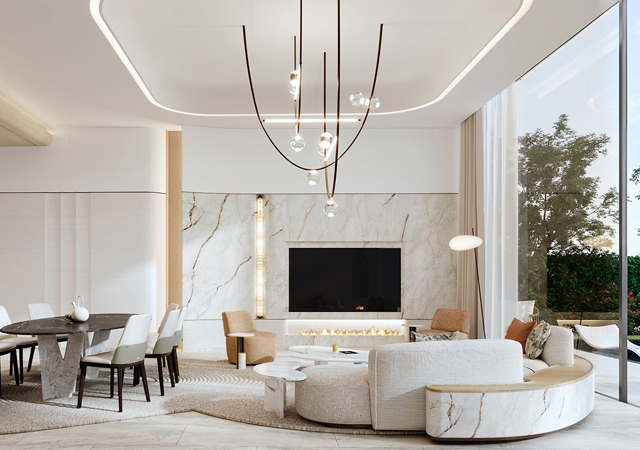
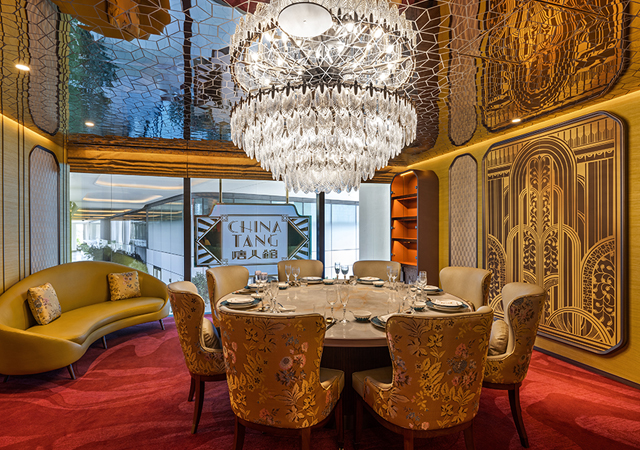
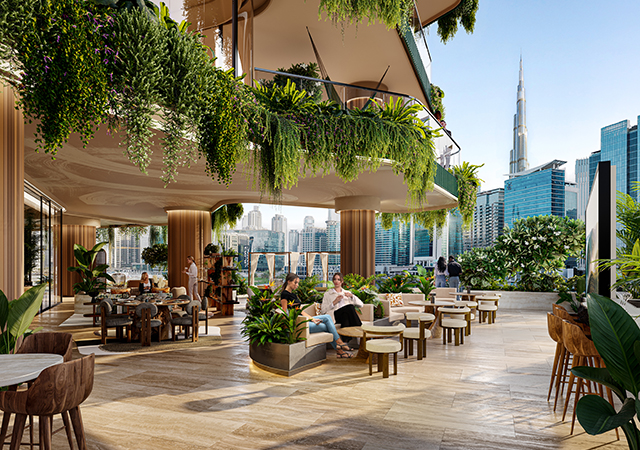
.jpg)


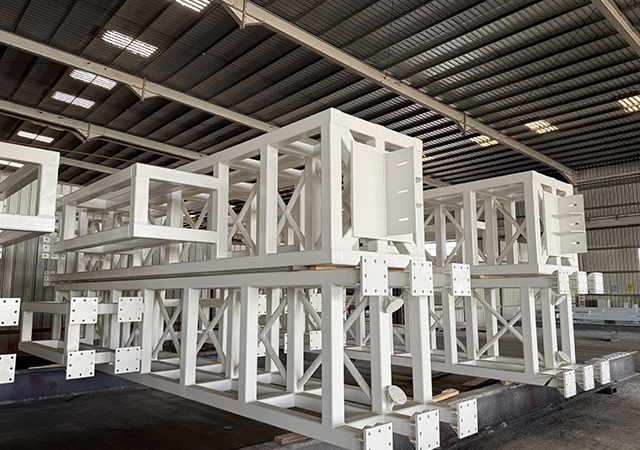

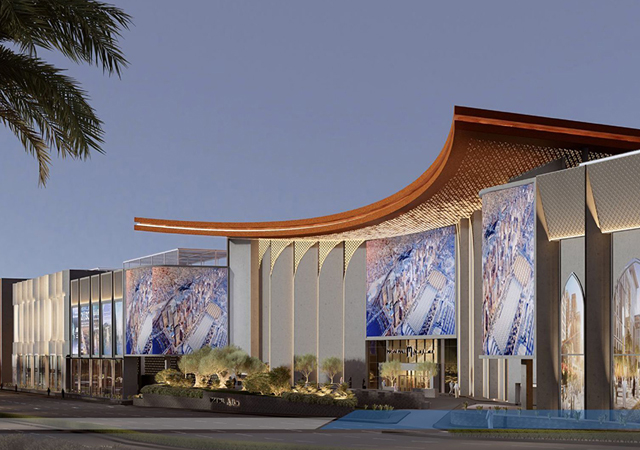
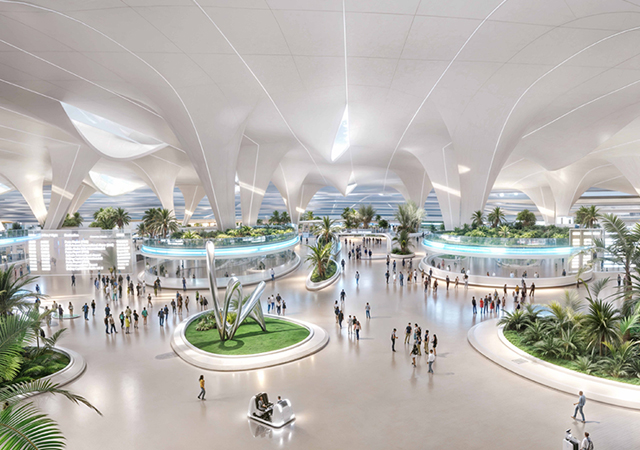
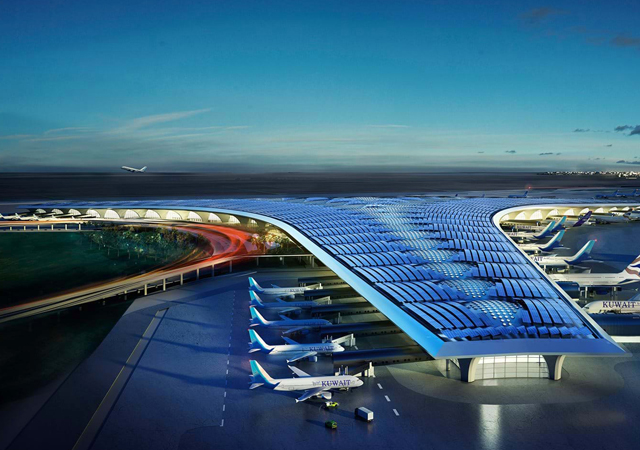
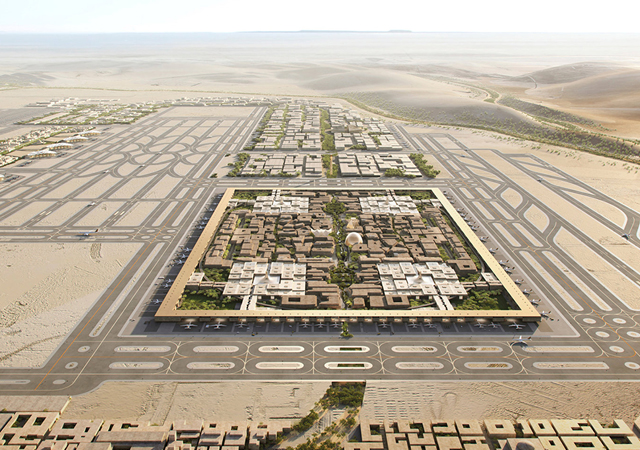
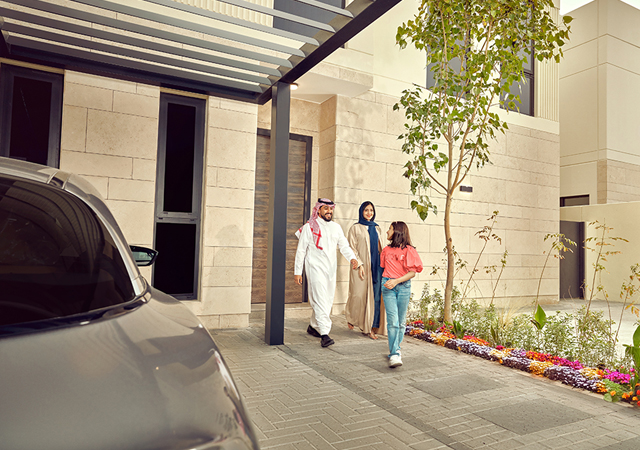
.jpg)

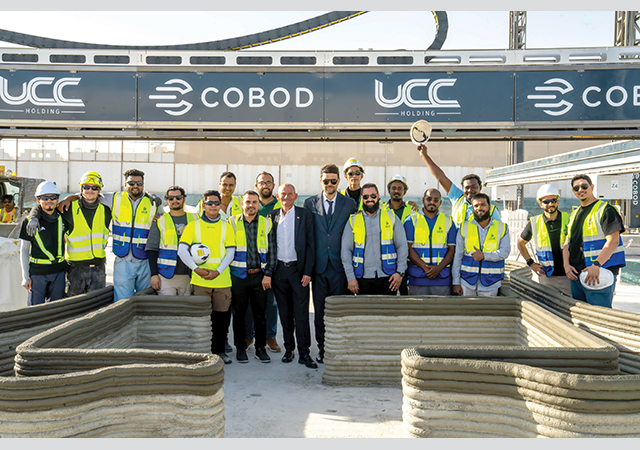
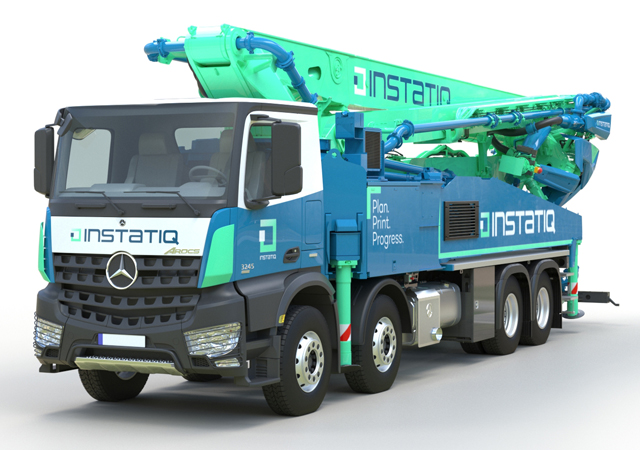
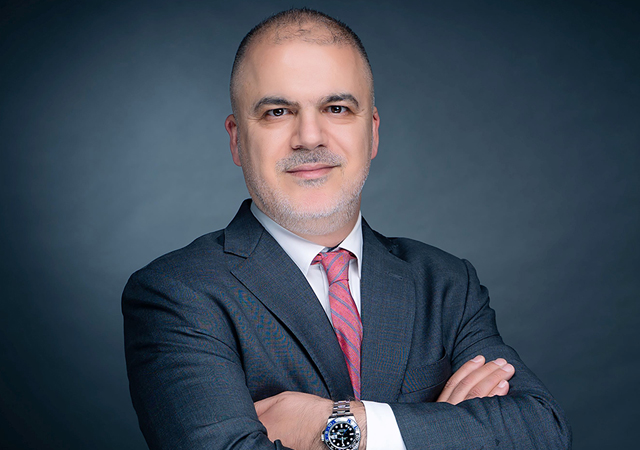

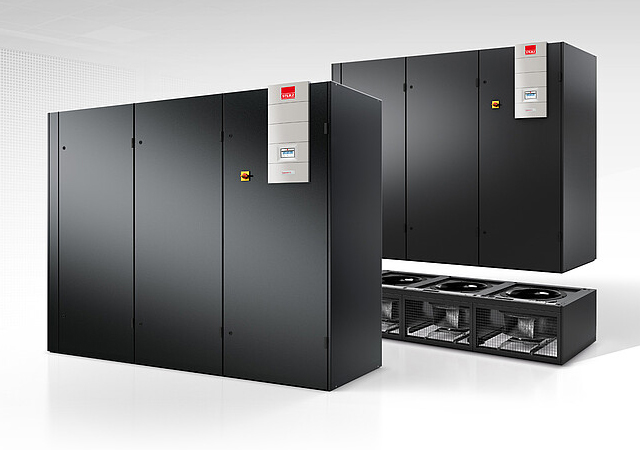
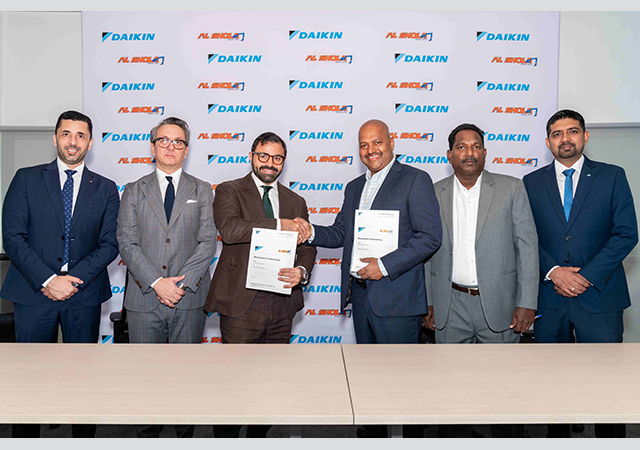
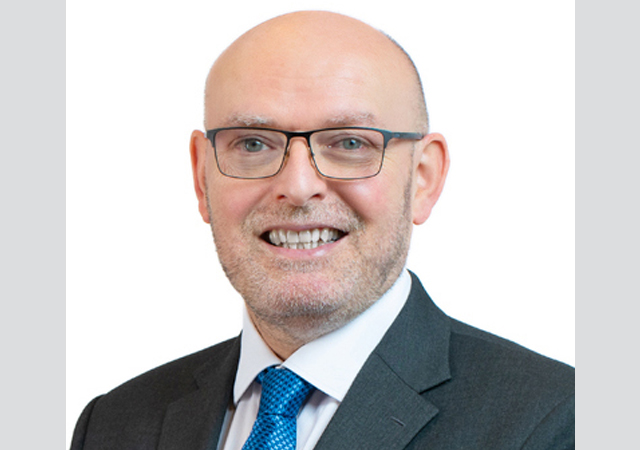
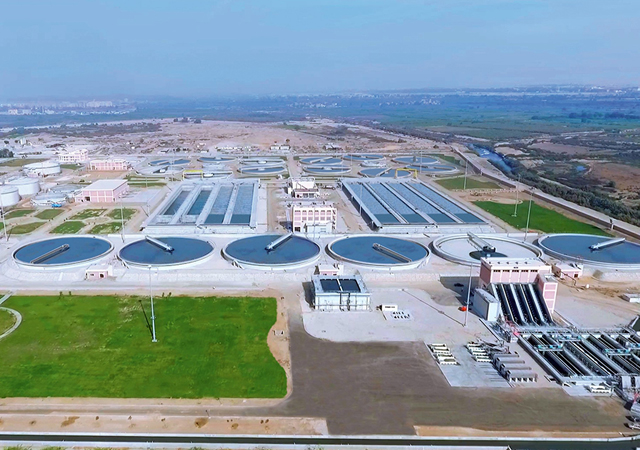

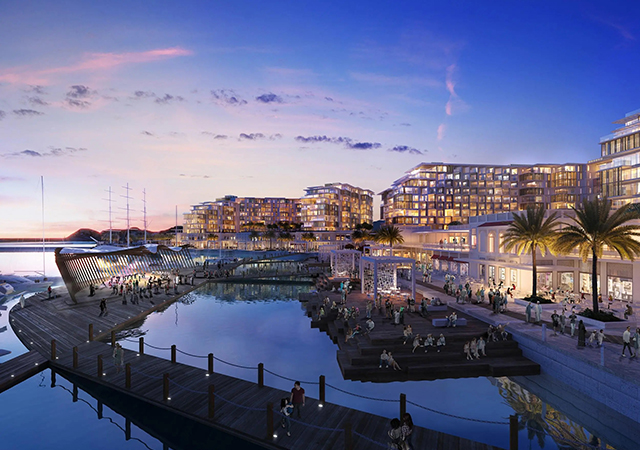
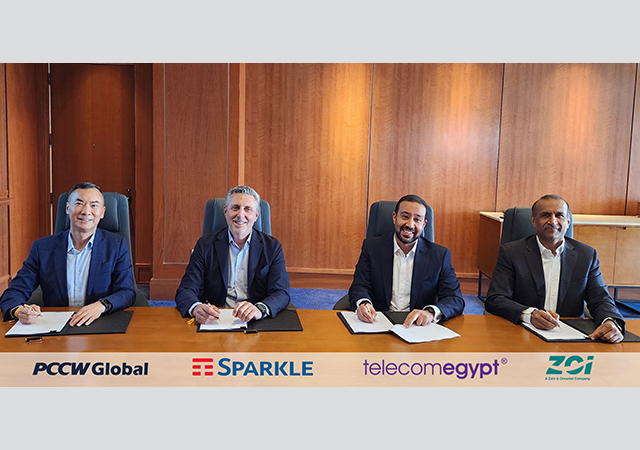
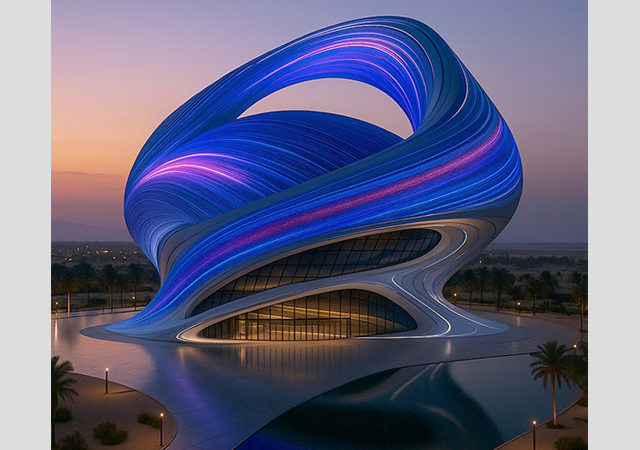

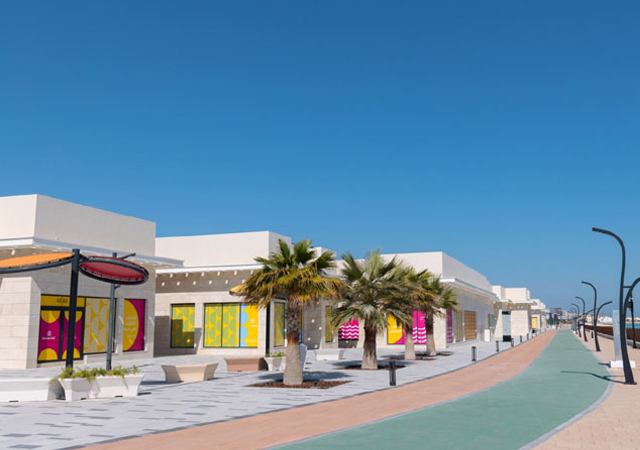
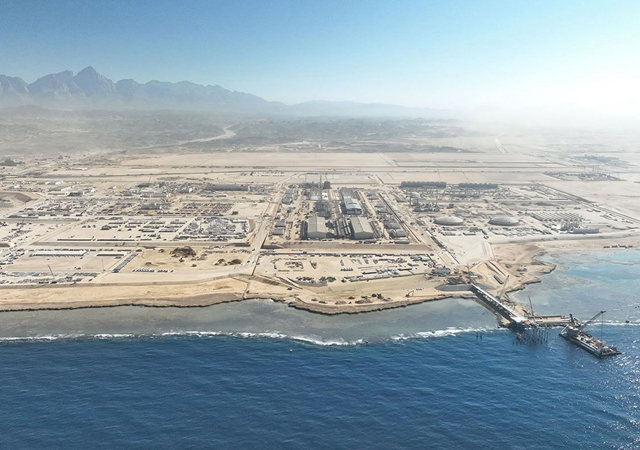
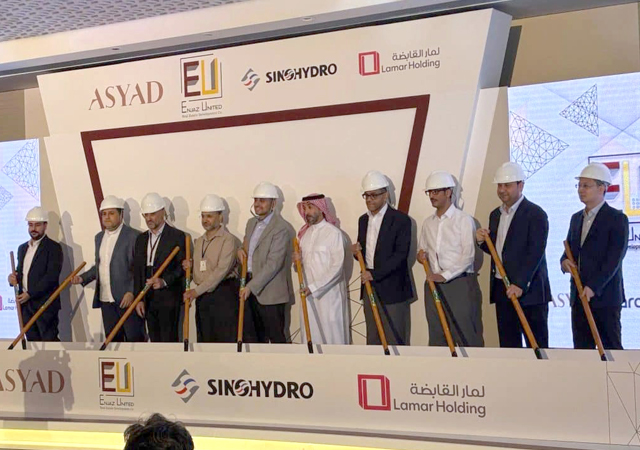

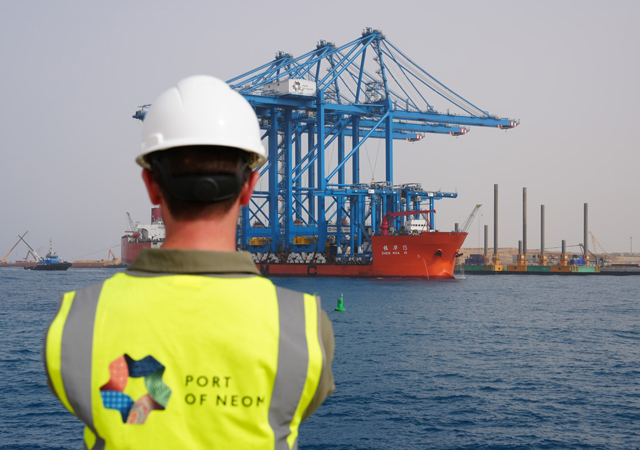
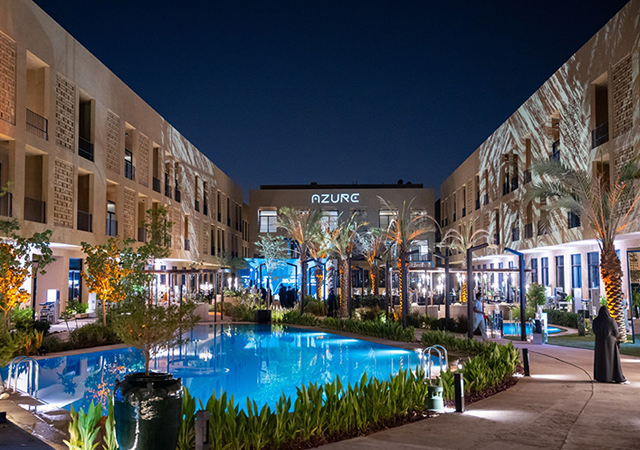
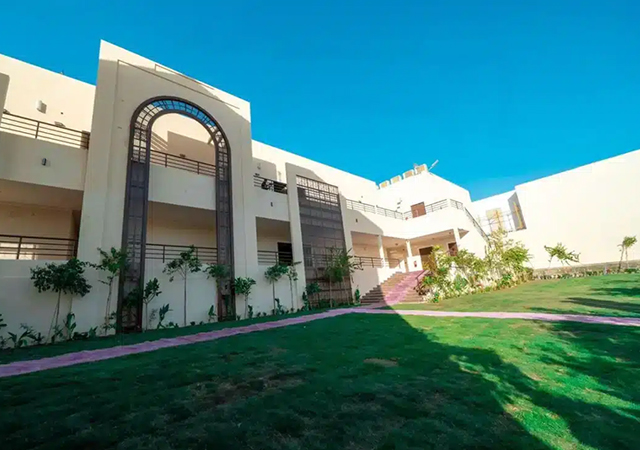

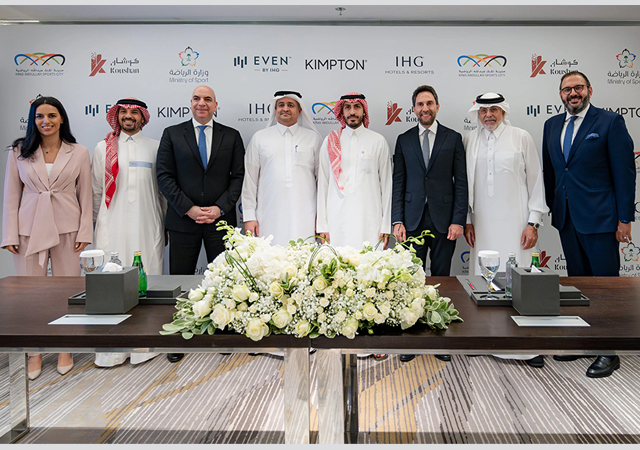

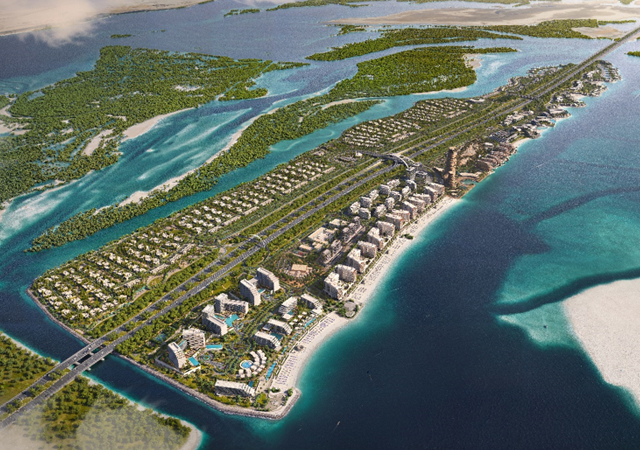

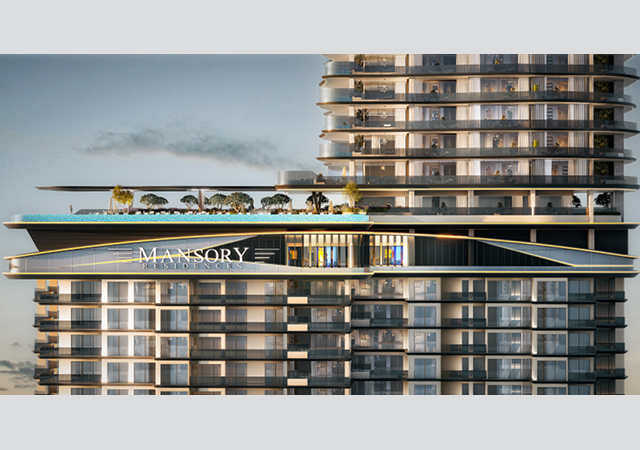



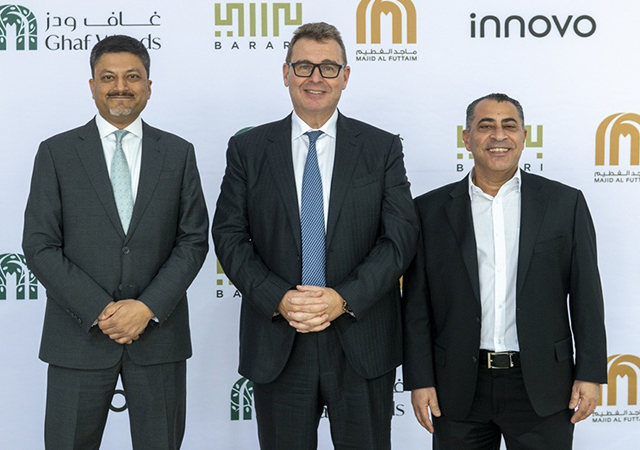

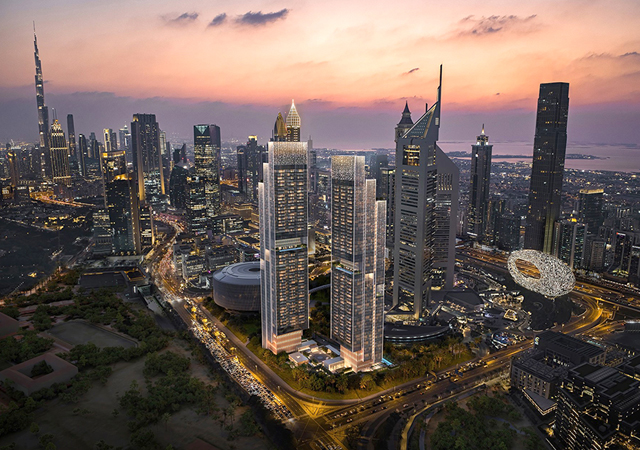
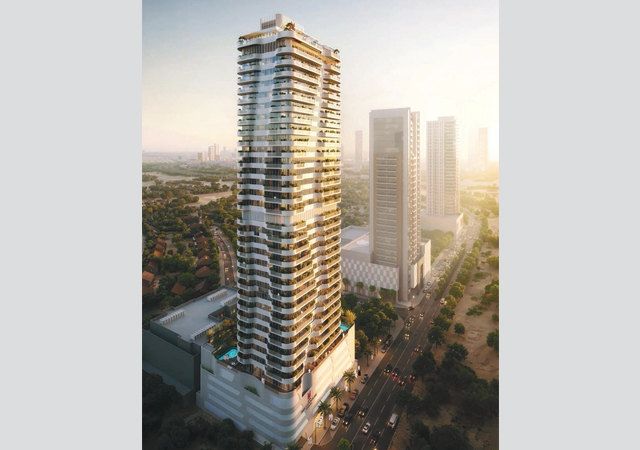
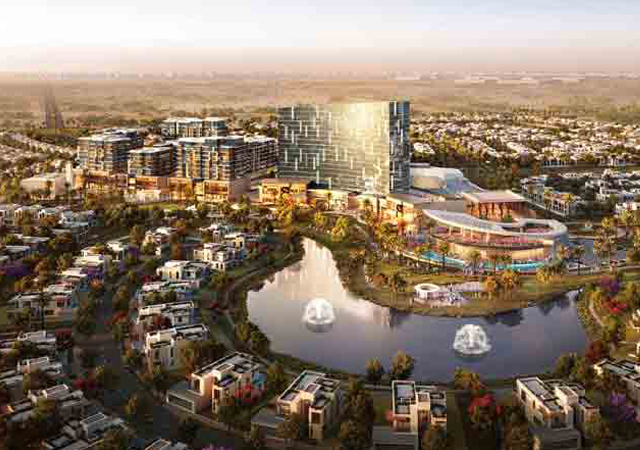

.jpg)
